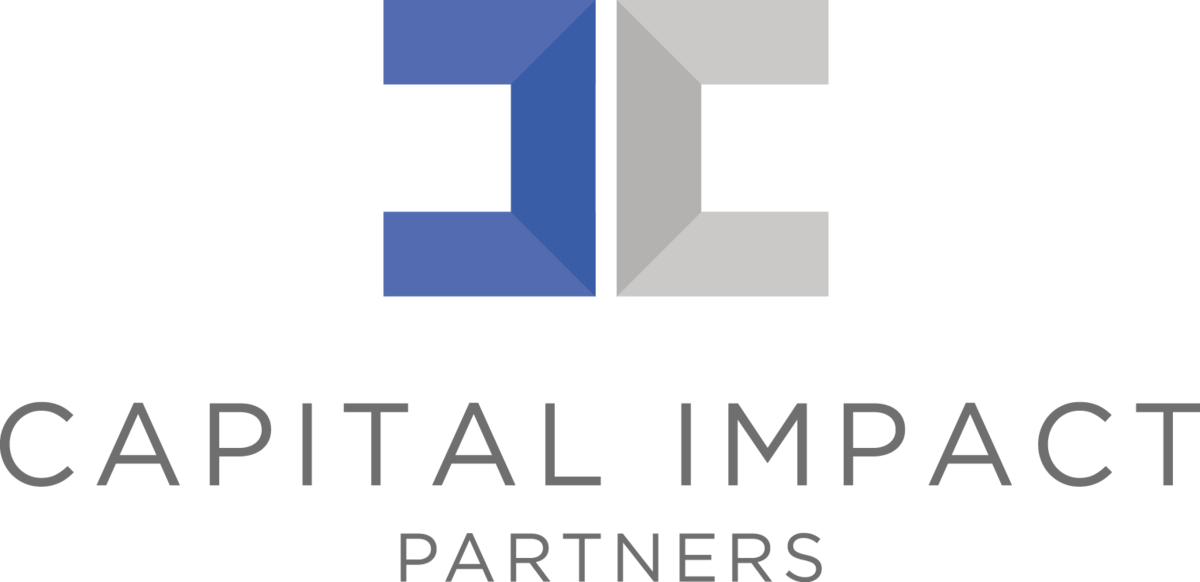Many charter schools face the dilemma of whether to purchase or lease a facility. There is no right answer. Both options have advantages and disadvantages and must be evaluated in the context of your unique circumstances. Market trends, especially in cities, will determine your ability to purchase or lease.
If you choose to lease a site, pay close attention to these points:
- Who is responsible for utilities, taxes, and insurance?
- Who is responsible for interior and exterior building maintenance, site maintenance (e.g., snow removal), and custodial duties (e.g., trash removal)? Who is responsible for big-ticket repair items, such as roofs, heating, ventilation, and air conditioning (HVAC), as well as ADA requirements, life safety (sprinklers, fresh air and air-quality requirements), and code upgrades?
- What type of building security is available, and who is the responsible party?
- Is there access to shared amenities (e.g., parking, common space, etc.)?
- Does the owner provide access to the site after regular business hours for evening meetings and activities?
- Can you sublet parts of the site to other parties (e.g., after-school and tutoring programs)?
- Will the owner provide a rent abatement clause? (This is typically a reduction in rent for a specified number of months, usually while the premises is being improved and the tenant is financing her/his own improvements.)
- Are there any restrictions on the type and amount of leasehold improvements that you can make to the property? Does the owner give you a leasehold improvement allowance?
- What type of notification will you receive prior to lease termination? Are there options to renew the lease?
- Is there a purchase option at the end of the lease term?
- Is there a subordination clause in the lease? For example, will the landlord provide subordination to your lender for the purposes of financing leasehold improvements?
A Simple Guide to Leasing
If your school does decide to lease, keep in mind:
- Lease negotiation — common area costs, annual rent escalators, and purchase options — should be discussed between landlord and tenant.
- Your landlord may prefer a lease term shorter than your charter. Consider negotiating a longer lease, as this gives you time to pay for the improvements and for your school to stabilize.
- A rule of thumb is to use no more than 10 to 15% of per-student revenues on your facility costs, although this varies by region. Schools spending more than this have less to spend on students.
- Your legal counsel should review all real estate leases and related documents.
- Leasehold improvements stay with the building — you cannot take them with you. Be careful in the amount you spend, unless your lease is long-term.
- Personal guarantees should be provided as a matter of last resort since the U.S. Department of Education offers a Credit Enhancement for Charter School Facilities Program (discussed in Chapter 5).
- Relocating to a new facility may seem like a good way to control rent costs. The process, however, may be disruptive to personnel and student enrollment.
Related link in Essential Resources: Purchase vs. Lease
Legal Disclaimer:
Nothing in this material should be construed as investment, financial, brokerage, or legal advice. Moreover, the facts and circumstances relating to your particular project may result in material changes in the processes, outcomes, and expenses described herein. Consult with your own professional advisors, including your financial advisors, accountants, and attorneys, before attempting to consummate any transaction described in this material.
